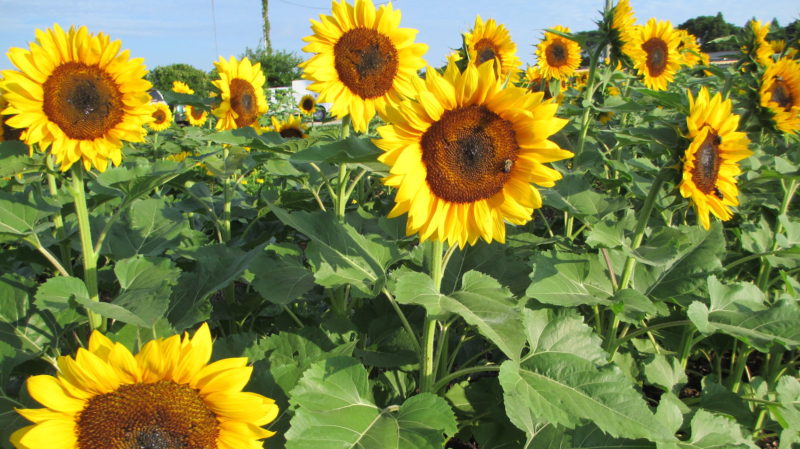
The Latest Field-Grown Cut Flowers
Every year the Association of Specialty Cut Flower Growers (ASCFG) National Cut Flower Trials compiles and tests the latest cut flower cultivars for field production. All of the cultivars were grown and tested at North Carolina State University, as well as at 21 commercial producers and Cornell University. Plants were grown from seed submitted by the following companies: AmeriSeed, Harris Seeds, Johnny’s Selected Seeds, Sakata and SeedSense Ltd.
Postharvest Trials
In addition, at North Carolina State we conducted postharvest tests on the cultivars that performed well in the trials. Field- grown flowers were harvested into tap water at the optimum stage of flower development. Stems were then sorted into four equal groups and placed in these treatments for the specified time and then placed into vases of deionized water:
- Hydrator only (four hours)
- Holding preservative only (two days)
- Hydrator for four hours followed by holding preservative for two days
- De-ionized (DI) water only (as a control)
Hydrating solutions are meant to be applied right after harvest, prior to a holding solution, to facilitate water uptake and do not contain a carbohydrate source. Hydrating solutions are usually used for a short amount of time, such as four hours. Holding solutions contain a carbohydrate source (sugar) to encourage bud opening and/or flower longevity and are applied for several hours up to approximately two days either by growers or wholesalers before they get to the final consumer.
Ornamental Carrot
The tall lacey white flowers of wild carrot (Daucus carota) are a common sight, gracing fields all over North America. This native of Europe is possibly one of the first cut flowers for many people, thinking back to memories of snipping some of the flowers for mom or grandma.
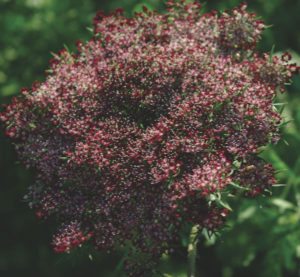
The white flowers also lent themselves to the classic experiment of putting the flowers in a glass filled with red or blue food coloring and watching the petals turn color. Well, there is no need for food coloring anymore. One of the hits of this year’s cut flower trials was Daucus ‘Dara’ (Harris Seeds) for its long stems, topped with the classic wild carrot flowers. But there was a twist, the petals ranged in color from white to pale purple to dark purple.
Average stem length was 2 feet and some trialers cut 4-foot stems. Average number of stems per plant was 14, but there was a tradeoff. Those that harvested many stems, up to 40 to 60 stems per plant, had shorter stems. Not surprisingly, the long stems were from those who either cut the entire plant or cut just a few of the longest stems. Plants were productive for a long time, provided that they are kept harvested, as pointed out by one trialer. The flowers worked well as a great, long- lasting filler flower. In NC State postharvest works, flowers lasted 13 days and the floral preservatives had no effect.
Here at NC State we were concerned that ‘Dara’ would not transplant very well, which is our normal production method. Thus, we did two plantings; one from transplants and one direct seeded. Both plantings produced the same average stem length, but the direct seeded planting produced 13 more stems per plant. Certainly, you could do it both ways to spread out the season a bit as the transplants started flowering earlier.
Marigolds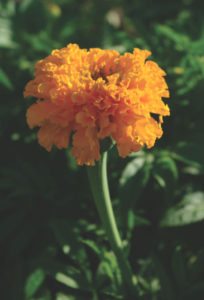
The popularity of marigolds continues to increase as more people grow them for mixed bouquets or garlands, especially for Latino or East Asian customers. The off-putting fragrance needs to be mentioned and continues to hold down popularity for many growers and their customers.
Of the seven cultivars in the trials, the three favorites were ‘Oriental Deep Gold’ (AmeriSeed), ‘Jedi Orange Plus’ (AmeriSeed) and ‘Giant Orange’ (Johnny’s Selected Seeds). ‘Oriental Deep Gold’ produced an average of 13 stems per plant that were 20 inches long. ‘Jedi Orange Plus’ produced 14 stems per plant that were 22 inches long. ‘Giant Orange’ had 11 stems per plant at 21 inches long. Some trialers of all three cultivars were able to get 40- to 48- inch stems and others harvest up to 50 stems per plant. Keep in mind that as with the carrot, those who cut the most stems tended to have a shorter stem length.
We tested the postharvest performance of three of the marigolds: ‘Falcon Yellow’, ‘Garland Orange’, and ‘Storm Gold’. All three marigolds performed well, with vase lives of 12 to 19 days. A holding preservative increased vase life by up to three days. Marigolds have a postharvest quirk that sometimes messed up our testing — stems tend to root in the vase. Needless to say, a rooted marigold stem takes longer to die. We had to terminate some of the stems that rooted and weren’t senescing. To be safe, take two to three days off of our numbers to account for the rooting.
Lisianthus
We had three unique lisianthus in the trials this year. The Doublini series from Sakata had small double rose-shaped flowers in white, purple and rose pink. Stem length was a bit on the short side, averaging 13 to 14 inches, with some trialers getting up to 24 inches. Stem number ranged from one to 10 per plant, for an average of three to four. Vase life was excellent, which is not surprising as the flowers have much substance.
In regards to market acceptance, there was a big divide among the trialers. I can’t say that we have ever had a group of cultivars where the words “love” or “loved” were used so many times. The key seems to be how the flowers were used. The trialers who sold to florists or did event work and wearables or personal flowers, such as corsages and boutonnieres, dare I say, loved this plant. However, they didn’t compete well with larger flowered lisianthus at farmers markets and the small flowers got lost in mixed bouquets. Of the three cultivars, ‘Doublini White’ scored the highest for its clean white flowers.
Sunflowers
The ASCFG National Cut Flower Trials have had very few years without sunflowers and this year was no different. We had six cultivars in the trials this year. Two of the more unusual cultivars were ‘Starburst Greenburst’ and ‘Starburst Panache’ (SeedSense).
Both cultivars are heavily double with many petals, ‘Greenburst’ had a green center and ‘Panache’ had a brownish center. Both were branching cultivars with strong stems. Trialers noted that the plants could be treated as single stems, because the side shoots were generally too short on their own, but plants could be pinched to produce longer shoots. In NC State postharvest testing, ‘Sunburst Greenburst’ lasted seven to eight days and treatments had no apparent effect, while ‘Sunburst Panache’ lasted eight to nine days when held in water for two days, but lasted 10 to 11 days when held in a holding solution.
‘Helios Flame’ (Harris Seeds) and the three ProCut cultivars (SeedSense) did very well in the trials. ‘Helios Flame’ was a red/yellow bicolor, ‘ProCut Brilliance’ had bright yellow petals that are darker yellow near the center, ‘ProCut Gold’ had golden yellow petals and green center, and ‘ProCut Red’ had rusty red petals. All produced stems at least 3 feet long.
In NC State postharvest testing, sunflower ‘Helios Flame’ had a long vase life of 11 to 12 days and treatments had no apparent effect. ‘ProCut Brilliance’ lasted seven to nine days when held in water for two days, but lasted nine to 11 days when held in a holding solution. Vase life of ‘ProCut Red’ was also extended with the use of a holding solution from eight to nine days for water to nine to 10 days in a holding solution.
As in previous years, Chris Wien, Cornell University, conducted his photoperiod trials on the sunflowers. Most were day neutral this year: ‘ProCut Brilliance’, ‘ProCut Gold’, ‘ProCut Red’, and ‘Starburst Panache’. ‘Starburst Greenburst’ had a long day response (flowered later if given short days as a seedling) and ‘Helios Flame’ had a short day response (flowered earlier if given short days as a seedling).
Acknowledgement
A hearty thank you to all of the 21 evaluators who returned their trial reports and to the seed companies for providing such great cultivars. We would also like to thank Alicain Carlson, Travis Hootman, Peyton Daly, Ben Bergmann, Brad Holland and Tim Ketchie for assisting with the NC State trials.

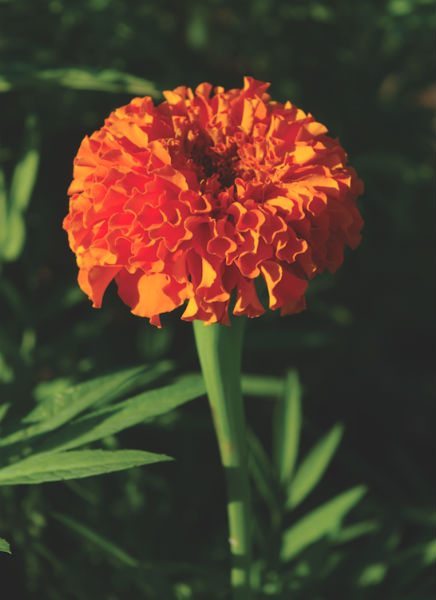
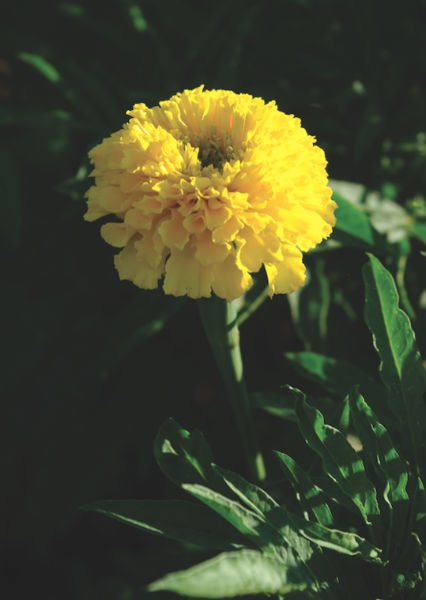

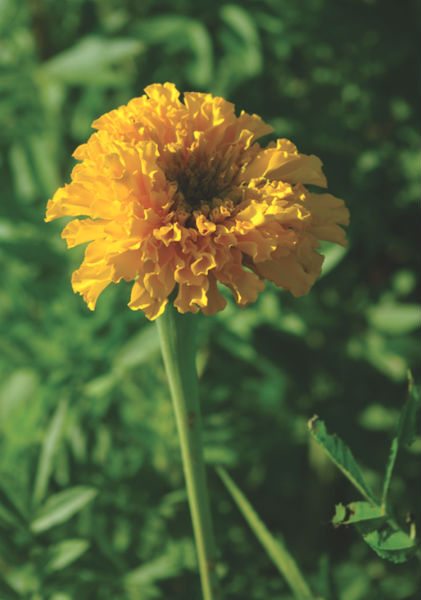
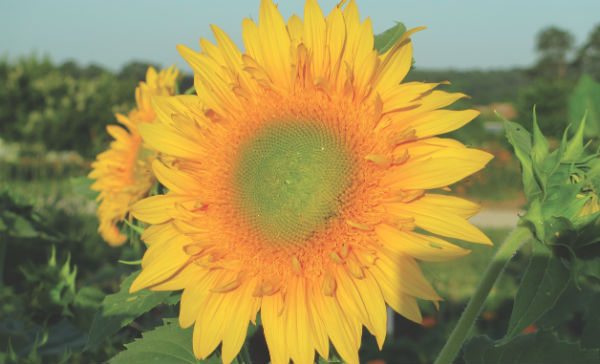
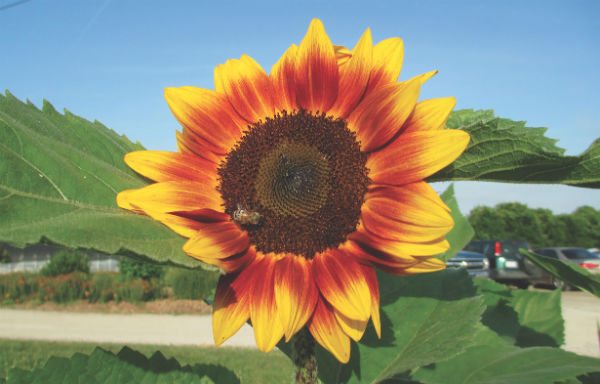
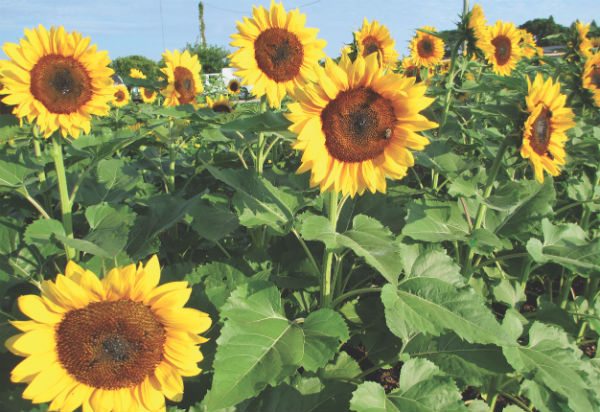
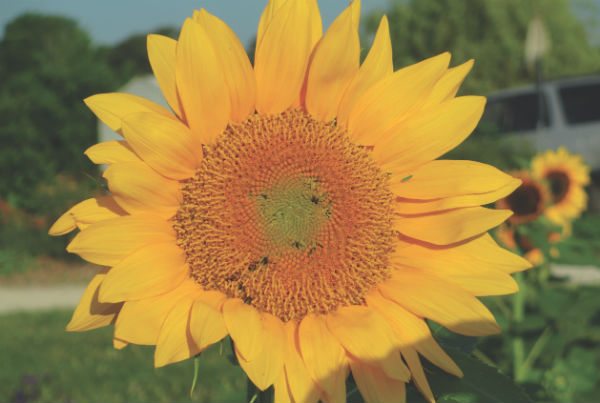

 Video Library
Video Library 




















